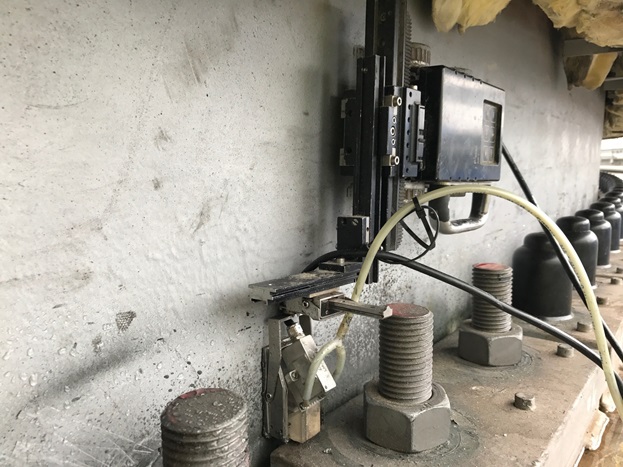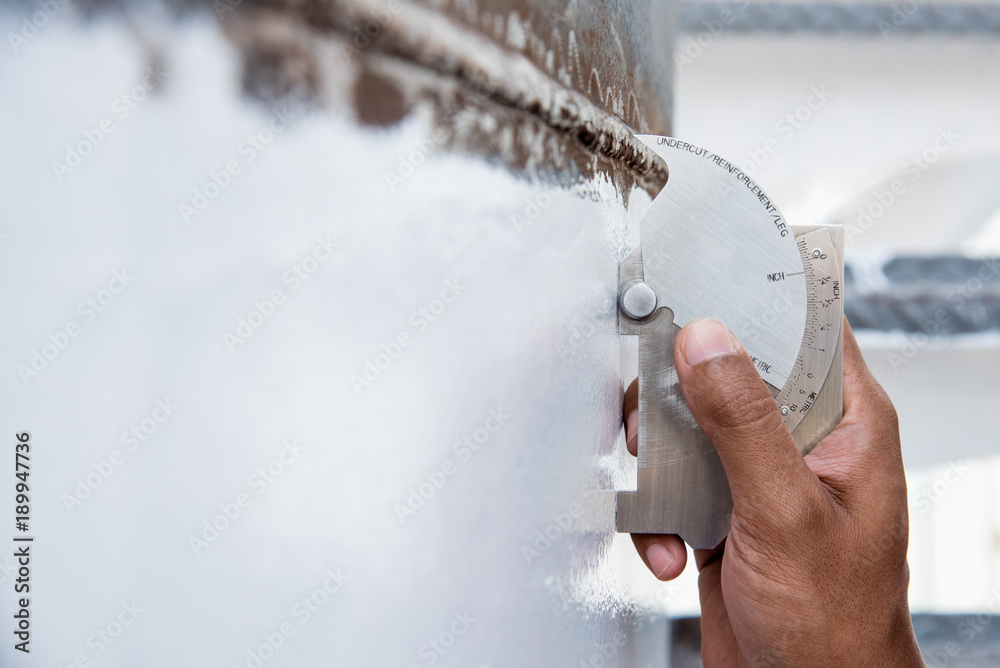Why Normal Tank Welding Inspection is Vital for Structural Stability
Why Normal Tank Welding Inspection is Vital for Structural Stability
Blog Article
Comprehensive Overview to Effective Tank Welding Inspection Techniques and Finest Practices for Quality Control
In the realm of container welding, strenuous assessment techniques are vital for guarding structural honesty and ensuring compliance with market guidelines. This guide offers a structured approach to different assessment approaches, consisting of visual analyses and non-destructive screening, which play a critical role in discovering problems before they rise right into serious issues. Furthermore, the importance of meticulous paperwork and the implementation of continuous renovation techniques can not be overstated. As we check out these necessary elements, it becomes clear that a proactive examination technique is not simply helpful, but vital for functional success in atmospheres dealing with harmful materials.
Significance of Storage Tank Welding Evaluation

Storage tank welding inspection functions as a preventative step, identifying potential defects such as fractures, porosity, or inappropriate joint infiltration prior to they intensify into major concerns. Regular examinations not only adhere to sector guidelines and requirements but likewise enhance the longevity of the containers, lowering the need for costly repair work or substitutes.

Aesthetic Evaluation Techniques
Employing organized aesthetic assessment methods is vital for evaluating the high quality and honesty of bonded joints in containers. This technique acts as the first line of defense in recognizing possible issues such as fractures, undercuts, and inadequate infiltration. The examiner must approach the task with an eager eye, using suitable devices like multiplying glasses, flashlights, and mirrors to enhance presence.
During the evaluation process, the examiner should assess the weld account, ensuring it abides by defined requirements and standards (Tank Welding Inspection). This includes examining the grain size, height, and fusion with the base product. Inspectors must likewise pay very close attention to the bordering areas for indicators of thermal distortion or contamination that may affect the weld's performance
Documents of searchings for is crucial; inspectors should tape any type of abnormalities, classifying them by seriousness for further analysis. This methodical technique not just aids in immediate defect recognition however also contributes to long-lasting quality control by guaranteeing compliance with sector standards. Routine training and calibration of aesthetic evaluation strategies even more enhance the dependability of evaluations, ultimately leading to more secure and much more durable storage tank frameworks.
Non-Destructive Evaluating Methods
Non-destructive testing (NDT) approaches are often used in container welding evaluations to evaluate the stability of welded joints without compromising their architectural stability. These techniques are essential for determining issues such as splits, spaces, and incorporations that can cause tragic failings if left undiscovered.
Typical NDT techniques include ultrasonic testing (UT), which uses high-frequency acoustic waves to find interior imperfections; radiographic screening (RT), using check out here X-rays or gamma rays to picture weld frameworks; and magnetic fragment screening (MT), which exposes surface and near-surface discontinuities in ferromagnetic materials (Tank Welding Inspection). Fluid penetrant testing (PT) is likewise widely made use of, with the ability of finding surface-breaking defects by using a fluorescent or color comparison color
Each NDT method has its specific applications and benefits, making it crucial for examiners to pick the proper method based upon the product and the kind of weld being examined. The assimilation of these NDT techniques right into the evaluation process boosts the overall quality control framework, making sure that welded tanks fulfill security and performance requirements. Eventually, NDT plays a crucial function in preserving the honesty and durability of storage tank her comment is here structures in different commercial applications.

Paperwork and Reporting
Making sure extensive paperwork and coverage throughout tank welding evaluations is critical for preserving compliance with market criteria and helping with effective interaction among stakeholders. Correct documentation offers as a thorough document of inspection activities, findings, and any type of corrective activities taken throughout the welding process. This details is vital not just for quality guarantee however likewise for audits and governing evaluations.

A well-structured examination record ought to consist of details such as the date of evaluation, names of assessors, welding procedures used, materials made use of, and any inconsistencies from developed criteria. Furthermore, photographs and representations can enhance the quality of the report, offering aesthetic context to the searchings for. It is additionally essential to record any type of non-conformities in addition to their resolution, making sure that all stakeholders are informed of possible risks and the actions required to reduce them.
Additionally, keeping a centralized database for all examination reports enables very easy access Get More Info and evaluation, promoting a culture of openness and responsibility. By focusing on meticulous documentation and reporting, organizations can not only copyright quality guarantee however also reinforce their online reputation within the sector, eventually leading to enhanced safety and security and operational performance.
Continual Improvement Practices
Continual enhancement methods are important for enhancing the top quality and efficiency of container welding inspections. One reliable strategy involves regular training and upskilling of examination employees to stay abreast of the latest welding technologies and standards.
In addition, using data-driven analysis allows companies to track assessment results, determine trends, and pinpoint locations for enhancement. Using tools such as origin reason analysis can assist in understanding the underlying problems causing flaws, making it possible for targeted interventions. Furthermore, obtaining comments from examination groups and stakeholders creates a collective atmosphere that urges cutting-edge options.
Incorporating innovative innovations, such as computerized inspection systems and real-time surveillance, can considerably improve the precision and speed of evaluations. Normal audits of the assessment processes additionally contribute to a society of responsibility and continual refinement. Inevitably, these continual enhancement methods not only raise the high quality of storage tank welding assessments but likewise contribute to general operational excellence and consumer satisfaction.
Final Thought
In final thought, reliable container welding inspection is crucial for ensuring the structural stability and safety and security of storage systems, particularly those taking care of unsafe materials. Utilizing a mix of visual examination strategies and non-destructive testing approaches promotes the very early identification of flaws, thereby keeping conformity with market criteria.
Report this page